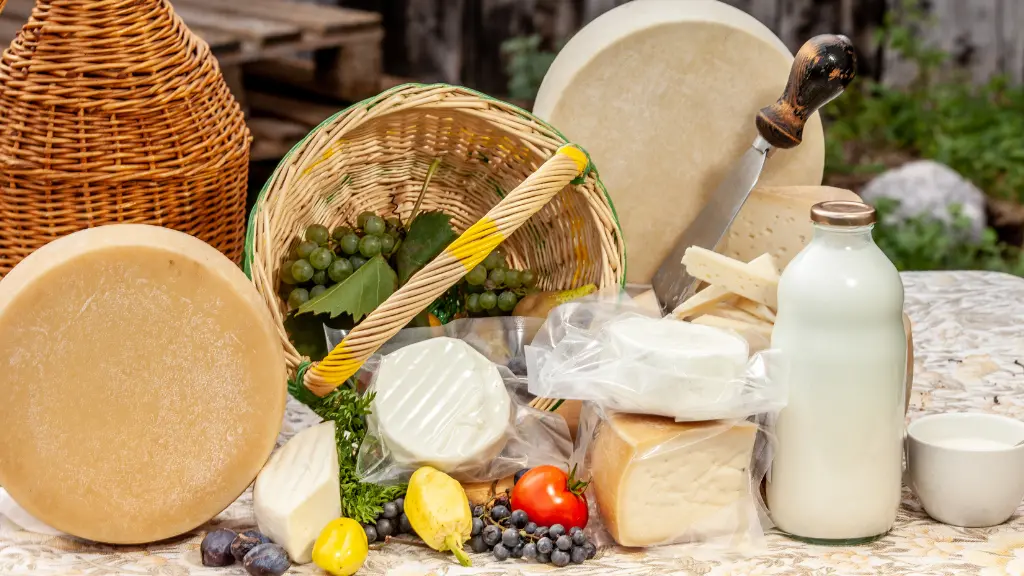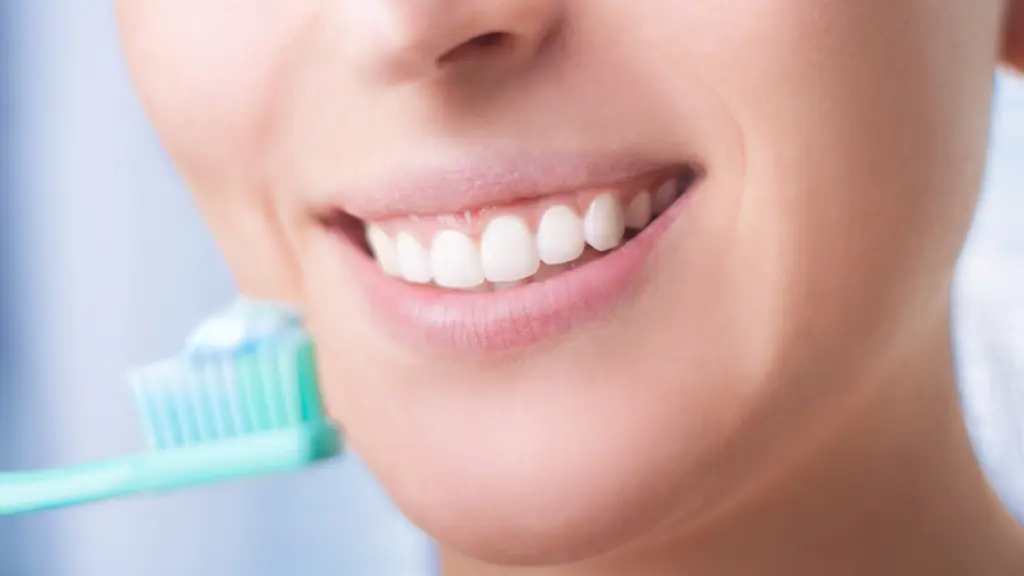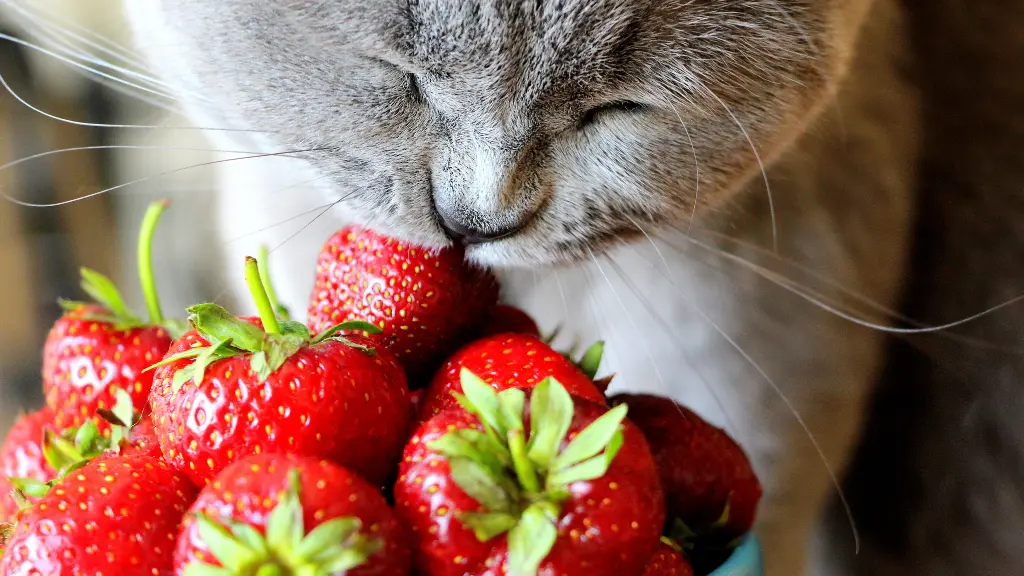If you’ve ever struggled with acne or skin irritation, you may have heard the suggestion that cutting out dairy can improve your complexion. The idea that dairy products could be contributing to skin issues has gained popularity in recent years, with many people claiming that eliminating dairy helped them achieve clearer, smoother skin.
But is there any scientific evidence to back this up? Will cutting out dairy really make a difference for your skin?
In this article, we’ll dive into the potential connection between dairy and skin health. We’ll explore what the research says about dairy’s effect on acne, the science behind skin flare-ups, and whether going dairy-free could be a viable option for improving your skin.
You May Also Like: Will One Moldy Berry Ruin the Rest?
The Dairy-Acne Connection: What Does the Research Say?
The link between dairy and acne is a topic that has been debated for years. While some people swear by cutting out dairy for clearer skin, others see no difference. The scientific community is still divided, but there’s enough evidence to suggest that dairy may affect some individuals’ skin health.
1. Hormones in Dairy
One of the primary reasons dairy may contribute to acne is due to the hormones found in milk. Dairy products, especially cow’s milk, contain natural hormones like estrogen and progesterone. When consumed, these hormones can potentially trigger an increase in oil production in the skin, leading to clogged pores and acne.
Additionally, milk contains a hormone called insulin-like growth factor 1 (IGF-1). IGF-1 can increase sebum (oil) production, which can, in turn, contribute to acne formation. Some studies suggest that higher levels of IGF-1 are associated with a higher prevalence of acne.
2. Inflammation and Dairy
Dairy may also contribute to acne through its potential to increase inflammation in the body. For some individuals, dairy can be an inflammatory food, leading to heightened immune responses and skin flare-ups. Inflammation plays a significant role in the development of acne, as it causes irritation in the skin’s pores, resulting in breakouts.
3. Insulin Resistance and Dairy
Dairy has also been associated with spikes in insulin levels. Insulin resistance can increase the production of hormones and androgens, which can lead to oily skin and acne. People with insulin resistance may find that dairy exacerbates their skin issues.
Types of Dairy That Might Affect Your Skin
Not all dairy products are created equal. Some types of dairy may have a more pronounced effect on skin health than others. Understanding the types of dairy and their impact on acne can help you make informed decisions about your diet.
1. Milk (Especially Cow’s Milk)
Cow’s milk is the type of dairy most commonly linked to acne. It contains hormones and proteins that can stimulate oil production and lead to breakouts. Milk—especially skim milk—has been shown to have a stronger connection to acne than other dairy products, likely due to the higher levels of IGF-1.
2. Cheese and Yogurt
Cheese and yogurt may be less problematic for some people, as the fermentation process can break down some of the hormones and proteins found in milk. However, they can still contain dairy proteins that may contribute to acne in sensitive individuals.
3. Butter and Cream
Butter and cream contain less of the problematic proteins and hormones found in milk. While they are high in fat, they may not directly contribute to acne in the same way milk does. However, for those who are sensitive to dairy, even small amounts can lead to skin irritation.
Will Cutting Out Dairy Help Clear Your Skin?
While cutting out dairy may be helpful for some individuals, it’s not a one-size-fits-all solution. The effects of eliminating dairy on skin health can vary depending on your skin type, genetics, and overall diet.
1. Eliminating Dairy May Improve Skin for Some People
If you’ve noticed that your acne flares up after consuming dairy, it may be worth trying a dairy-free diet for a period of time to see if it improves your skin. Research suggests that some individuals experience a noticeable reduction in acne when they cut out dairy, particularly milk.
For these individuals, removing dairy from the diet may reduce inflammation, decrease oil production, and prevent clogged pores, leading to clearer skin.
2. Not Everyone Will Benefit from Cutting Out Dairy
For others, dairy may not be the main culprit behind their acne. Acne can be caused by a variety of factors, including genetics, stress, poor skincare habits, and other environmental factors. If you remove dairy from your diet and don’t see an improvement in your skin, it could be because dairy wasn’t the primary cause of your acne.
It’s also important to note that some people may be more sensitive to dairy than others. If you don’t have an intolerance or sensitivity to dairy, cutting it out may not make a significant difference in your skin’s appearance.
How to Test Whether Dairy Affects Your Skin
If you’re curious about whether dairy is contributing to your skin issues, the best way to find out is through an elimination diet. Here’s how you can test it out:
1. Eliminate Dairy for 4 to 6 Weeks
Start by cutting out all dairy products from your diet for at least four to six weeks. This includes milk, cheese, yogurt, butter, and other dairy-based foods. It’s important to remove all forms of dairy to accurately assess the impact on your skin.
2. Observe Your Skin
During the elimination phase, keep track of any changes in your skin. Take photos and note if you experience a reduction in acne, improved texture, or less inflammation. Be patient, as it may take several weeks to see noticeable changes.
3. Reintroduce Dairy Gradually
After the trial period, reintroduce dairy into your diet slowly, one product at a time. Monitor your skin for any signs of a flare-up. If you notice a worsening of acne after consuming a specific type of dairy, you may want to limit or avoid that particular product.
Other Diet Changes That Can Help Clear Your Skin
While cutting out dairy may help for some, a well-balanced diet can play a key role in achieving and maintaining clear skin. Here are some additional dietary changes you can make to support skin health:
- Eat a variety of fruits and vegetables: Rich in antioxidants, vitamins, and minerals, fruits and vegetables can help reduce inflammation and promote healthy skin.
- Incorporate healthy fats: Omega-3 fatty acids found in fish, nuts, and seeds can help reduce inflammation and support skin hydration.
- Stay hydrated: Drinking plenty of water keeps your skin hydrated and supports its natural detoxification process.
- Limit refined sugars and processed foods: Diets high in sugar and processed foods can trigger insulin spikes and inflammation, contributing to acne.
Conclusion
The connection between dairy and acne is complex and varies from person to person. While cutting out dairy can help some individuals achieve clearer skin, it may not be a universal solution. If you suspect dairy is contributing to your acne, eliminating it from your diet for a few weeks can help you determine if it’s the cause.
Ultimately, clear skin requires a holistic approach. In addition to considering your dairy intake, focus on maintaining a balanced diet, practicing good skincare, and managing stress for the best results. If acne persists despite dietary changes, it may be helpful to consult with a dermatologist for further guidance.










